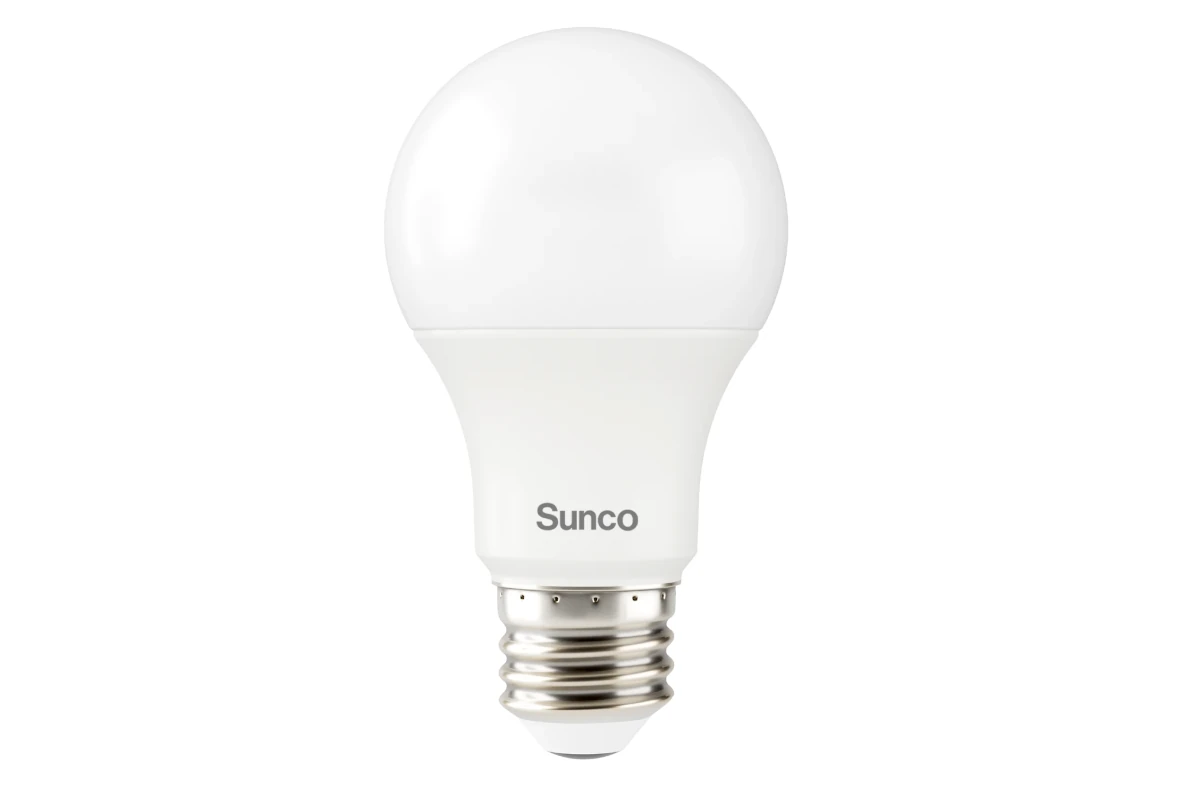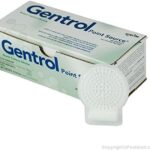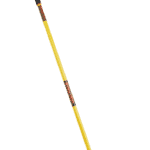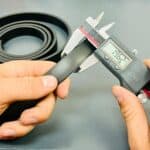No, LED Lights do not last forever. They have become increasingly popular due to their energy efficiency and longer lifespan when compared to traditional lighting options. Some users will notice that their LED bulbs do not last as long as expected as well (for a lot of reasons). Although LED technology promises extended lifespans, often advertised as tens of thousands of hours, several factors can significantly shorten this duration. The longevity of LED lighting is influenced by its quality, design, and the environmental factors to which it is exposed. High-quality LEDs can potentially offer impressive lifespans, but the technology’s performance can be compromised by issues such as heat buildup, inadequate power supplies, or incompatible dimming systems.
While the LED chip itself might be capable of long-term operation, other components in an LED bulb, such as drivers and heat sinks, can fail earlier and reduce the overall lifespan of the product. Moreover, the complexity of the circuitry inside an LED bulb also adds variables that might affect longevity. Understanding the variables that impact LED lights’ lifespan is critical for consumers looking to maximize their investment in this lighting technology. By identifying the common issues that lead to premature failure, users can take steps to prevent them and potentially extend the life of their LEDs, maintaining efficient and effective lighting over a longer period.
LED Lights vs. Traditional Bulbs – What’s the Difference in Lifespan?
LED lights are a popular choice. They save energy compared to older bulbs. This kind of bulb is also very durable. But do LED lights really last forever?
Sadly, no light bulb lasts forever. Even LED lights will burn out over time. That said, they do last a lot longer than other types of bulbs. Let’s see how long different types of bulbs last:
| Type of Bulb | Average Lifespan |
|---|---|
| Incandescent | 1,000 hours |
| Halogen | 2,000 hours |
| CFL | 8,000 hours |
| LED | 25,000 – 50,000 hours |
Why LED Lights Eventually Fail
LED lights are made up of many parts. The part that produces light is called the LED chip. The chip itself can actually last for 100,000 hours or more! But the other parts of the bulb don’t last as long. These parts usually fail first. This is what causes an LED to stop working before the LED chip actually gives out.
Factors that Affect LED Lifespan
Here are some things that can shorten an LED light’s lifespan:
- Heat: Excessive heat can damage the electronics in an LED bulb.
- Usage: Using your LED lights very often will cause them to wear out faster.
- Quality: Cheap bulbs made with poor quality parts will not last as long.
How to Make Your LED Lights Last Longer
Here are some tips to help you get the most out of your LED bulbs:
- Buy from reputable brands. Well-known brands use higher quality parts that last longer.
- Make sure there is good airflow. Enclosed fixtures can trap heat, which will shorten bulb life.
- Don’t leave your lights on all the time, especially in hot environments. Turning lights off when not needed will help.
Key Takeaways
- LED lights are generally long-lasting, but their lifespan can be reduced by a variety of factors.
- The quality and design of an LED bulb, along with external influences, are central to its longevity.
- Understanding and mitigating issues can help prolong the lifespan of LED lighting.
Understanding LED Lights and Longevity
LED light bulbs are renowned for their efficiency and long-lasting capabilities. However, several factors can affect their lifespan, and understanding these can be key to maintaining their performance over time.
Factors Affecting LED Lifespan
Several elements contribute to the longevity of LED bulbs. Heat is a primary cause for concern as it can influence the bulb’s operation and eventual life. LEDs generate heat that must be dissipated to ensure they don’t overheat. Components like the heat sink are crucial in managing temperature. The electrical system within the bulb also plays a role. LEDs require a lower DC voltage and steady electrical current to operate effectively. Variations in these can reduce their lifespan.
- Temperature: High ambient temperature can shorten LED life.
- Electrical current: An increase above the optimal level can cause bulbs to burn out prematurely.
- Voltage fluctuations: Constant changes in voltage can strain the LED’s components.
Design Pitfalls and Manufacturing Challenges
The intricacies of LED design are significant and distinct from those of traditional filament bulbs. Manufacturers must balance numerous factors, such as creating an efficient, yet cost-effective, product. Components like capacitors and resistors must be of high quality to ensure longevity; however, some no-name lamps or lesser-known brands might use subpar elements, which can lead to a shorter life for the product.
- Quality: Better quality components from reliable brand manufacturers typically last longer.
- Design: The complexity of internal electronics can impact lifespan if not designed correctly.
Compatibility and Usage Concerns
Using LED bulbs properly is crucial for their lifespan. For instance, dimmable LED lights demand compatible dimmers to avoid issues. Furniture to lighting devices like transformers, motion detectors, or even the area of installation can also affect the LED’s functionality.
- Usage: Incorrect installation or pairing with incompatible devices can lead to failure.
- Repair: An electrician might be needed for repair or troubleshooting any issues that arise with the LED light system.
Understanding these factors can help in optimizing the operation of LED lights and ensuring they last as long as they’re renowned for.
Mitigating LEDs’ Short Lifespan
LED lights have transformed the way we light our homes and buildings, offering greater energy efficiency and longevity compared to halogen and traditional incandescent bulbs. However, to truly benefit from LEDs’ extended lifespan, certain practices must be adhered to, ranging from correct installation to regular maintenance.
Installation Best Practices
When setting up LED lights, it is crucial to follow the guidelines provided by the manufacturer. An electrician can ensure that the electrical current is appropriate for your LED bulbs and that they are correctly fitted to avoid any flickering or early burnout. Dimmable LED lights require compatible dimmer switches to function properly and avoid damage.
Optimal Operational Conditions
Maintaining the right ambient temperature and air circulation can prevent LED lights from becoming overheated, a common cause of reduced lifespan. LEDs thrive in cooler conditions, so keeping them away from high-temperature areas and ensuring there’s enough airflow can extend their longevity drastically.
Selecting High-Quality Products
Opting for LED bulbs from reputable brand manufacturers can make a significant difference in their quality and longevity. High-quality products often have better design and use more reliable components which can withstand higher currents without compromising the LED’s lifespan. The product packaging should provide clear information about brightness (lumens), wattage, and expected life hours.
Troubleshooting Common LED Issues
If an LED light begins to flicker or dim, it may be due to issues with the transformer or the electrical current. Before seeking repair, check to see if the LED bulb is securely screwed in, and inspect for any visible damage. For more complex issues, consult an electrician who can diagnose and resolve the concern correctly.
Professional Care and Maintenance
Regular check-ups by skilled professionals can detect early signs of problems with LED lights. Electricians can conduct these checks to ensure everything is functioning as it should and provide guidance on how to fix any issues before they lead to failure or diminished light output.
Advocating for Better LED Standards
Promoting stricter legislation and higher standards for LED lighting technology is essential. This includes truth in advertising from manufacturers and pushing for quality benchmarks in the production. Advocacy for these changes can lead to industry-wide improvements, ensuring that the energy-efficient and eco-friendly promise of LED lighting is fully realized.
Frequently Asked Questions
LED lights are known for their long lifespan and efficiency. This section addresses common concerns and provides helpful insights about their durability.
Why do recessed LED lights keep burning out?
Recessed LED lights may burn out frequently due to overheating. Poor ventilation around the light fixture traps heat, which can cause the lights to fail prematurely.
What is the typical lifespan of LED ceiling lights?
LED ceiling lights generally last between 25,000 to 50,000 hours, which translates to many years of use before they need replacement.
Are LED light strips durable compared to other LED lights?
LED light strips are quite durable and can have the same longevity as other LED formats when used and maintained correctly.
What causes an LED light bulb to burn out and smoke?
An LED bulb may burn out and smoke if there is an electrical fault, such as faulty wiring or incompatible dimmer switches, which leads to overheating.
What factors affect the longevity of LED Christmas lights?
The longevity of LED Christmas lights can be influenced by factors such as exposure to outdoor elements, electrical surges, and frequent on-and-off cycling.
How can the lifespan of LED lights be extended?
The lifespan of LED lights can be extended by ensuring proper installation, avoiding excessive on-and-off cycles, and providing adequate ventilation to prevent overheating.







